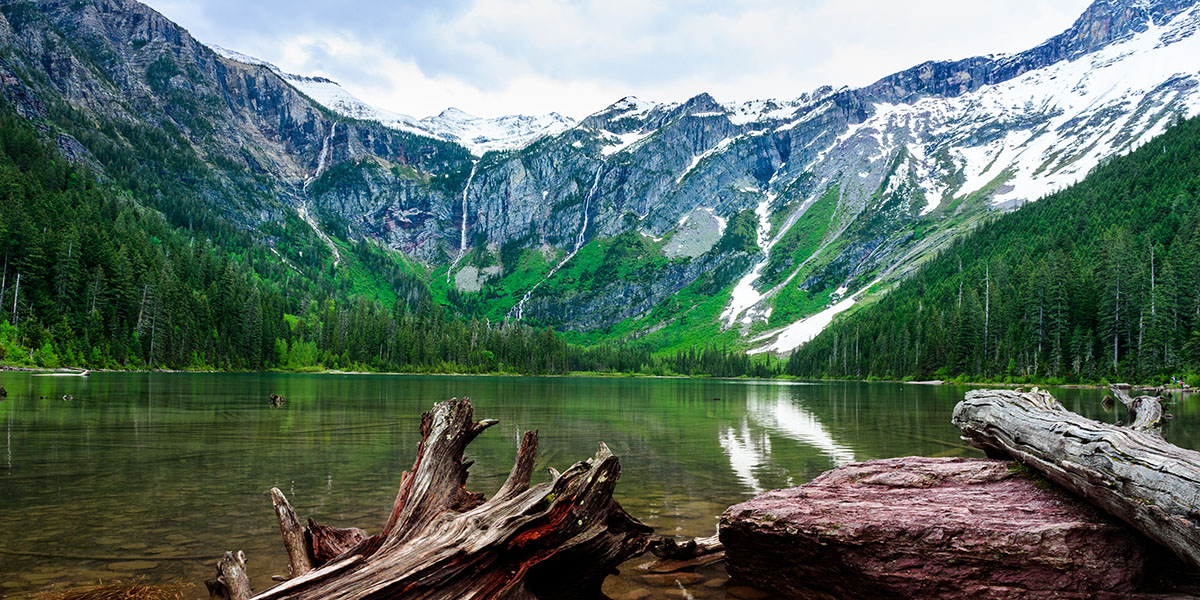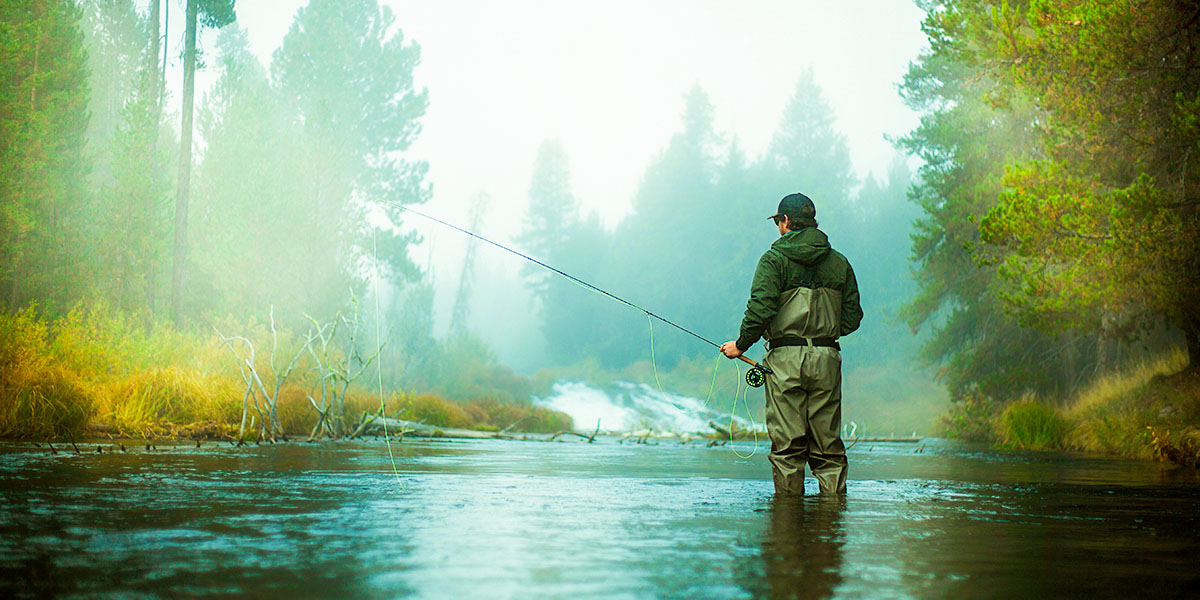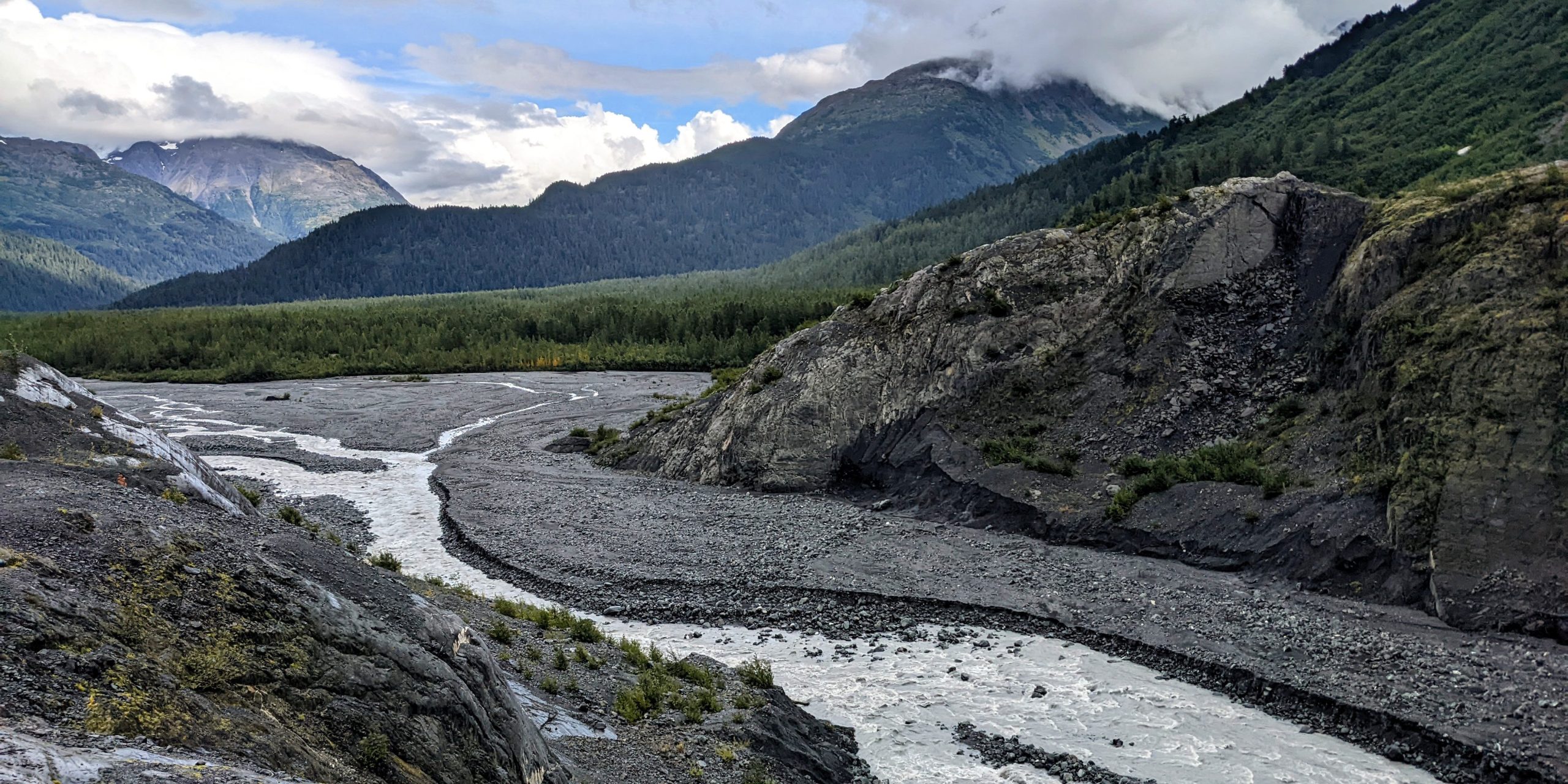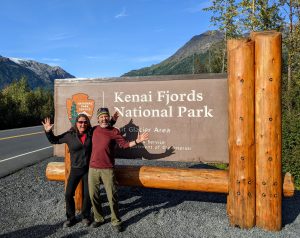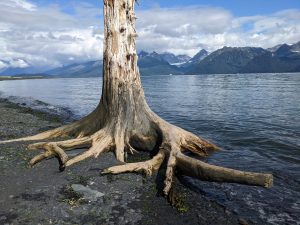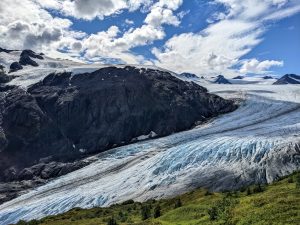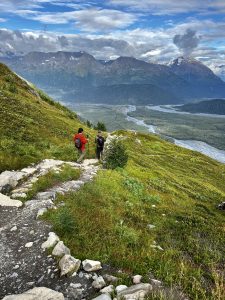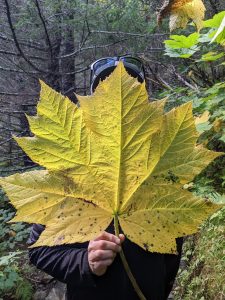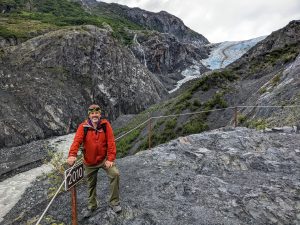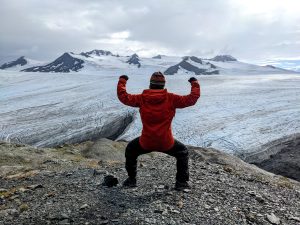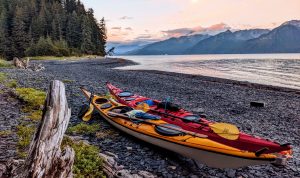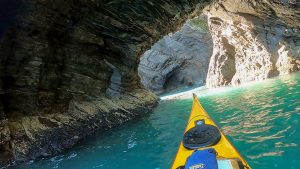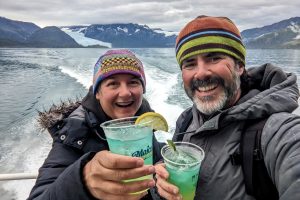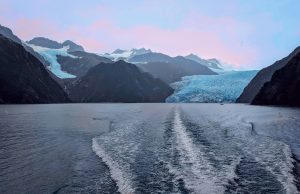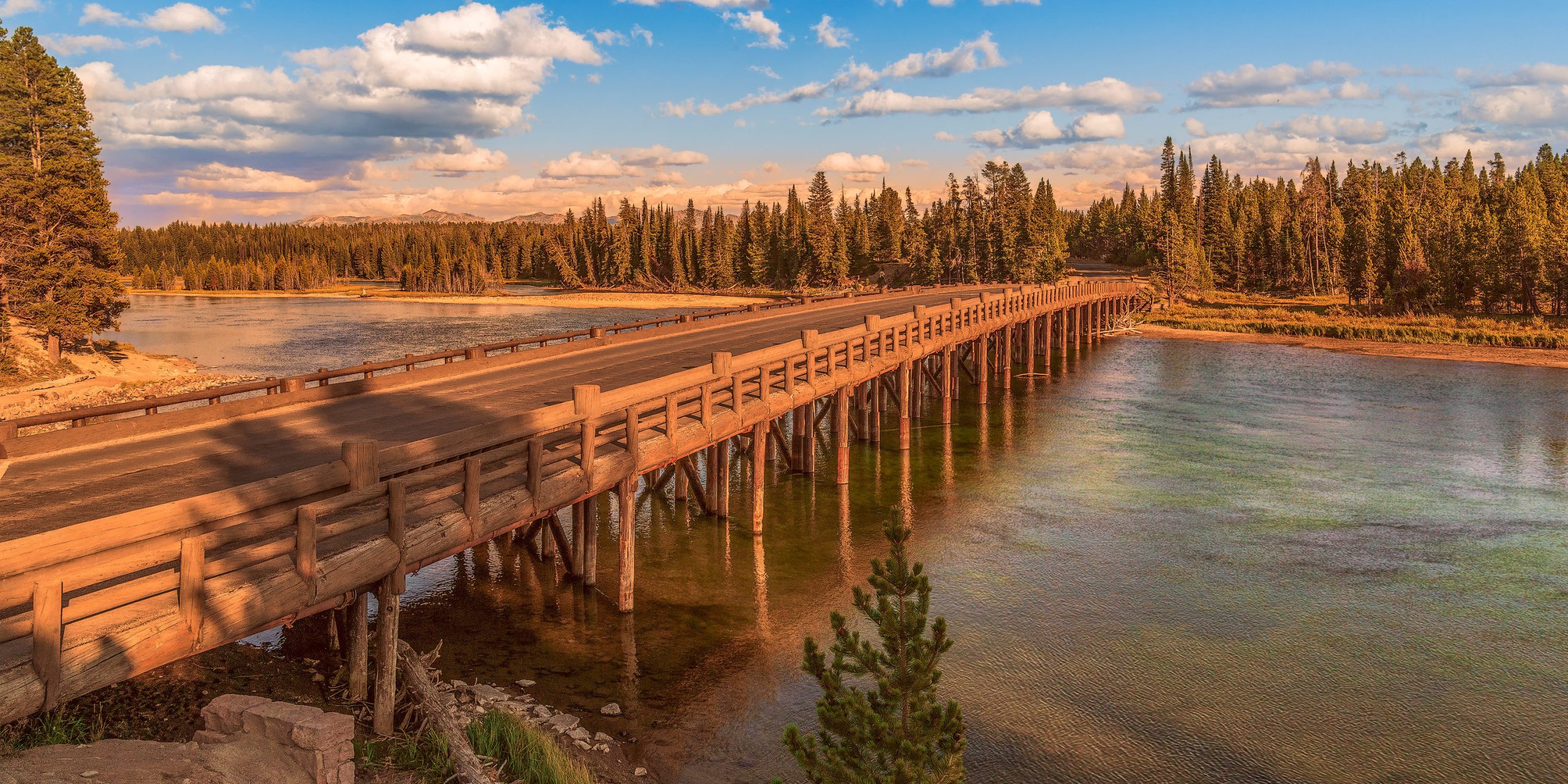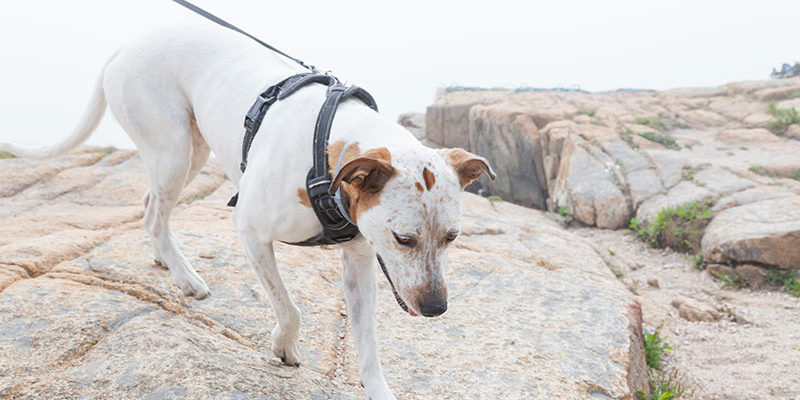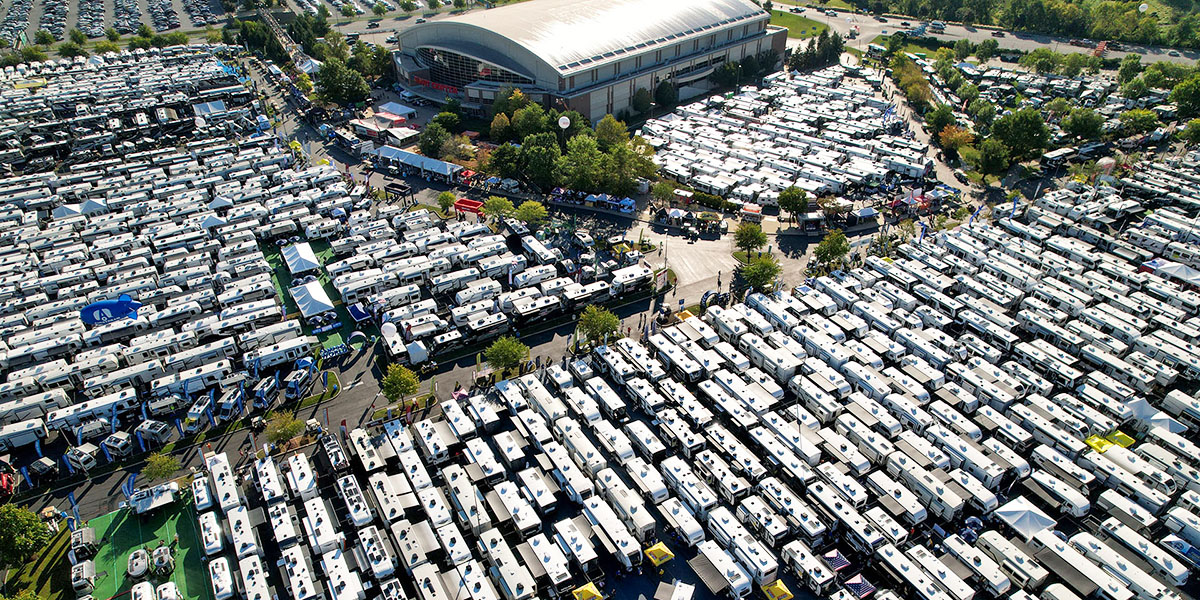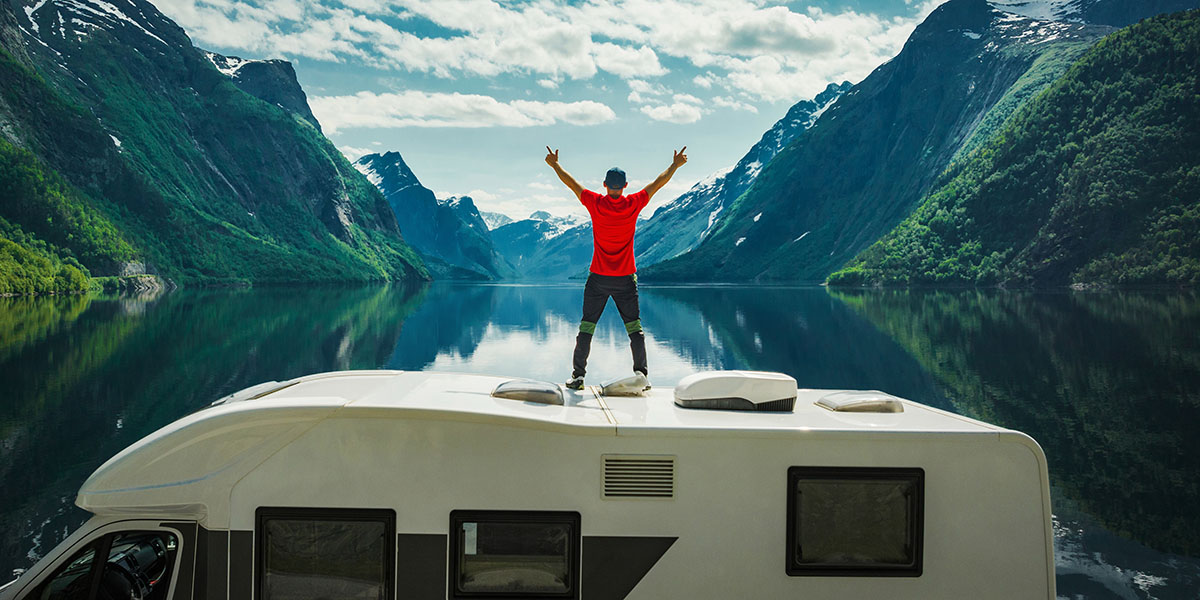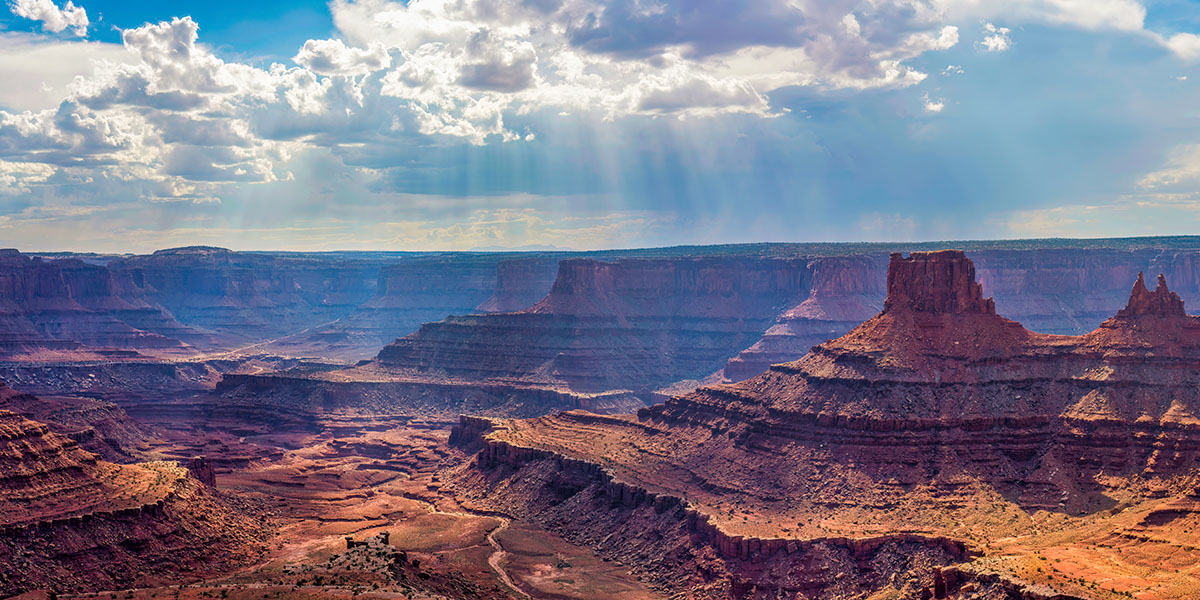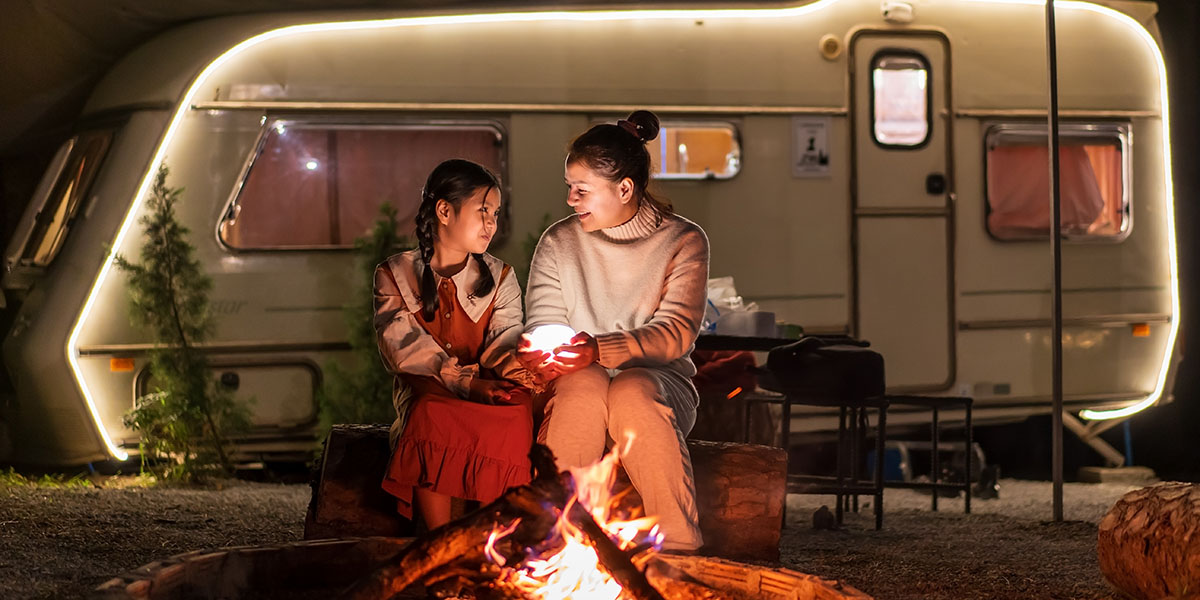Hey there, fellow trail seeker! If you’re like me, the thought of spending a weekend exploring some of the most beautiful landscapes in the U.S. has you itching to lace up your hiking boots and have your RV hit the road for the best national park hikes near you. But the truth is that while we all love an epic view, not every hiker is the same level. Some of us have kids. Or are getting older (or have aging pets). Some are less in shape, and others are looking for challenge!
Whether you’re a newbie looking for an easy walk with epic views or an experienced hiker ready to escape the RV and push your limits on a challenging trail, I’ve got something for everyone here. And because there are so many national park hikes, I’ve broken down the best by difficulty level. As a bonus, I’ll reveal my all-time favorite hike at the end of this list, so keep reading!
With national parks seeing such a spike in visitors over the last several years, I decided to comb through AllTrails’ top 100 hikes in the U.S. to find the highest-rated trails specifically in national parks for every difficulty level. These are hikes you can totally knock out over a weekend, and trust me, the reward at the end of each trail will make every step worth it.
Top 3 National Park Hikes to Take It Easy
1. Lower Yosemite Falls Trail – Yosemite National Park, California
Overall Rank: 45
Length: 1.2 miles
Estimated Time: 24 minutes
Rating: 4.7 (13,822 reviews)
Description: Let’s kick things off with an easy but awe-inspiring hike. Lower Yosemite Falls is a short and sweet trail that takes you right to the base of Yosemite Falls, which just happens to be the tallest waterfall in North America. Perfect for families or anyone looking for a quick, scenic jaunt, this hike lets you experience one of Yosemite’s iconic landmarks without breaking a sweat.
Fun Fact: Yosemite Falls plunges a staggering 2,425 feet, and even though this trail only covers the lower section, it’s still pretty spectacular!
2. Jordan Pond Path – Acadia National Park, Maine
Overall Rank: 71
Length: 3.1 miles
Estimated Time: 55 minutes
Rating: 4.7 (8,149 reviews)
Description: Nestled in Acadia National Park, the Jordan Pond Path offers great views around a stunning lake surrounded by the Bubble Mountains. The trail is mostly flat, though you’ll encounter some rocky terrain that adds a bit of fun to the journey. This easy hike provides an unforgettable glimpse into Acadia’s natural beauty.
Fun Fact: At 150 feet deep and covering 187 acres, Jordan Pond is the deepest and second largest in Acadia, but the most interesting fact is that it is Seal Harbor’s drinking water supply.
3. Laurel Falls Trail – Great Smoky Mountains National Park, Tennessee
Overall Rank: 76
Length: 2.4 miles
Estimated Time: 1.1 hours
Rating: 4.5 (11,478 reviews)
Description: Laurel Falls is one of the most popular trails in the Great Smoky Mountains, and for good reason. The trail is paved, making it accessible for most, and it leads to a picturesque 80-foot waterfall. If you’re looking for an easy hike with a big payoff, this is the one.
Fun Fact: The trail was originally built in 1932 to provide fire crews access to the Cove Mountain area.
Top 3 National Park Hikes to Push You a Little
1. Navajo Loop and Queens Garden Trail – Bryce Canyon National Park, Utah
Overall Rank: 1
Length: 3 miles
Estimated Time: 1.5 hours
Rating: 4.9 (21,972 reviews)
Description: Coming in at number one on the AllTrails list, the Navajo Loop and Queens Garden Trail offers incredible views of Bryce Canyon’s famous hoodoos – tall, thin spires of rock that look like something out of a fairytale. This moderate hike combines switchbacks, elevation gain, and jaw-dropping scenery, making it one of the park’s most popular.
Fun Fact: The hoodoos in Bryce Canyon are formed through freeze–thaw cycles, where water seeps into cracks, freezes, expands, and eventually breaks apart the rock.
2. Emerald Lake Trail – Rocky Mountain National Park, Colorado
Overall Rank: 5
Length: 3.2 miles
Estimated Time: 1.5 hours
Rating: 4.8 (18,884 reviews)
Description: This picturesque trail in Rocky Mountain National Park winds through Tyndall Gorge and takes you past Dream Lake and Nymph Lake before finally revealing the stunning Emerald Lake. The entire trail feels like a peaceful escape, with mountain views that will make you feel like you’ve stepped into a postcard.
Fun Fact: The green color that gives the lake its name is most vibrant in the early summer months, due to a high amount of glacial silt flowing down from the surrounding mountains.
3. Avalanche Lake – Glacier National Park, Montana
Overall Rank: 9
Length: 5.9 miles
Estimated Time: 2.5 hours
Rating: 4.8 (20,408 reviews)
Description: Avalanche Lake is one of dozens of jaw-dropping hikes in Glacier National Park. This moderate hike takes you through dense forest and opens up to a lake surrounded by towering cliffs and cascading waterfalls. The scenery here is out of this world, and the peacefulness of the trail makes it one of the most serene experiences in the park.
Fun Fact: The waterfalls you see flowing into Avalanche Lake are fed by Sperry Glacier, which is perched high above on the cliffs.
Top 3 National Park Hikes to Challenge You
1. Angels Landing Trail – Zion National Park, Utah
Overall Rank: 2
Length: 4.3 miles
Estimated Time: 2 hours
Rating: 4.9 (29,095 reviews)
Description: Angels Landing is not just a hike, it’s an adrenaline-pumping experience. Known for its narrow ridgeline and steep drop-offs, this technical route offers one of the most exhilarating hikes in the country. The final ascent involves gripping chains as you scale your way to the top, but the panoramic views of Zion Canyon are well worth the challenge.
Fun Fact: Angels Landing got its name from a comment made by Methodist minister Fredrick Vining Fisher in 1916, when he said, “only angels could land on top!”
2. Skyline Loop – Mount Rainier National Park, Washington
Overall Rank: 4
Length: 5.6 miles
Estimated Time: 3.5 hours
Rating: 4.9 (18,539 reviews)
Description: The Skyline Loop in Mount Rainier National Park gives you an up-close-and-personal view of one of the most iconic mountains in the U.S. This challenging trail takes you through lush meadows, past glaciers, and offers jaw-dropping views of Mount Rainier at nearly every turn. Be prepared for steep ascents and descents, but the payoff is unforgettable.
Fun Fact: Mount Rainier is the most glaciated peak in the contiguous United States, with over 25 major glaciers.
3. Vernal and Nevada Falls via Mist Trail – Yosemite National Park, Calif.
Overall Rank: 6
Length: 6.4 miles
Estimated Time: 4 hours
Rating: 4.9 (17,566 reviews)
Description: The Mist Trail is arguably one of Yosemite’s most famous hikes, taking you to two breathtaking waterfalls – Vernal and Nevada Falls. As the name suggests, the trail takes you so close to the falls that you’ll be walking through their mist! It’s a challenging hike with steep steps and climbs, but the incredible views make it a must-do.
Fun Fact: The mist from Vernal Fall can be so thick in spring and early summer that hikers often get completely drenched – so pack a rain jacket!
Our All-Time Favorite
I promised I’d share our all-time favorite hike, and it’s Avalanche Lake in Glacier National Park, Montana. My wife and I absolutely love this trail from beginning to end. In fact, not only is Avalanche our favorite hike of all time, Glacier National Park is also our favorite of the 54 national parks we’ve visited so far. (We post lots of photos from our adventures on Instagram. For those wondering, there are currently 63 national parks in the system, as of the writing of this article.
For us, this hike gets a nearly perfect score across the board — beauty, crystal-clear waters, fast-flowing rivers, epic waterfalls cascading down into a mirror-like lake, and the glacier that feeds those waterfalls. If you’re looking for a hike that offers peace, stunning views, and a little slice of paradise, this one’s for you.
The only negative about the Avalanche Lake hike is that it’s one of the most popular hikes in one of the most visited national parks. So, if you want to be by yourself on the trail, then this might make you think twice. But trust me when I say that it doesn’t matter, because despite all the people sharing the hike, the wonder and grandeur still makes you feel like you’re all alone walking through your very own fairy tale.
Time to Get Out There!
So, there you have it — the top 3 hikes in national parks for each difficulty level, and our personal favorite. (Also, don’t miss our favorite dog-friendly national parks.) Whether you’re looking for a quick and easy trail or a more challenging adventure, these hikes will make your weekend truly unforgettable. So, what are you waiting for? Get out there and start exploring!
